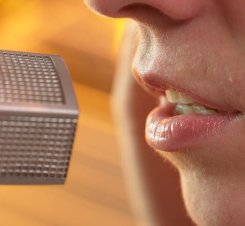
Remember the introduction of the Compact Disc? We were told they would never wear out and couldn’t be damaged in normal use. It’s a pity they forgot to tell us that a small scratch in the wrong place could render them unplayable. The longevity and robustness of optical discs – CDs and DVDs – has again come into question as the rush to digitize all sorts of material and transfer it to DVD and CD gathers momentum.
Recently, scientists at the National Institute of Standards and Technology (NIST) looked at CDs and DVDs to see how long digital information recorded on to them would survive. They concluded that most CDs and DVDs will last 30 years or more if handled with care, but many factors can slash their longevity. Direct exposure to sunlight can do a great deal of damage both from the sun’s ultraviolet rays and the heat.
NIST has compiled a list of Do’s and Don’ts to help users get the maximum life out of their digital discs.
Do
- Handle discs by the outer edge or the center hole.
- Use a non solvent-based felt-tip permanent marker to mark the label side of the disc.
- Keep dirt or other foreign matter from the disc.
- Store discs upright (book style) in plastic cases specified for CDs and DVDs.
- Return discs to storage cases immediately after use.
- Leave discs in their packaging (or cases) to minimize the effects of environmental changes.
- Open a recordable disc package only when you are ready to record data on that disc.
- Store in a cool, dry, dark environment in which the air is clean.
- Remove dirt, foreign material, fingerprints, smudges, and liquids by wiping with a clean cotton fabric in a straight line from the center of the disc toward the outer edge.
- Use CD/DVD cleaning detergent, isopropyl alcohol or methanol to remove stubborn dirt or material.
- Check the disc surface before recording.
Do not
- Touch the surface of the disc.
- Bend the disc
- Use adhesive labels.
- Store discs horizontally for a long time (years).
- Open a recordable optical disc package if you are not ready to record.
- Expose discs to extreme heat or high humidity.
- Expose discs to extreme rapid temperature or humidity changes.
- Expose recordable discs to prolonged sunlight or other sources of UV light.
- Write or mark in the data area of the disc (area where the laser “reads”).
- Clean in a circular direction around the disc.
NIST also recommends that for CDs and DVDs, relative humidity should be in the range 20% – 50% (RH) and temperature should be in the range 4& #176;C – 20& #176;C.




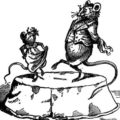



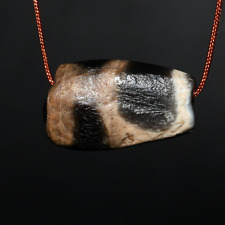
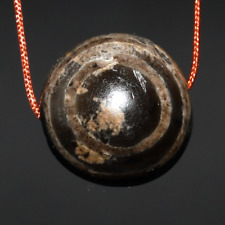
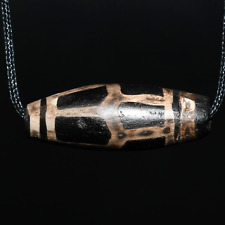
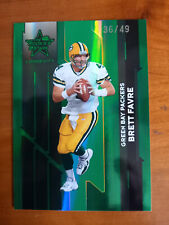

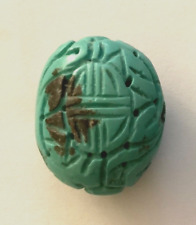
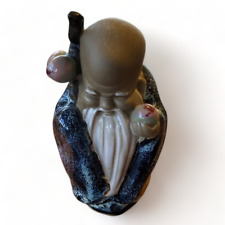



Comments are closed.